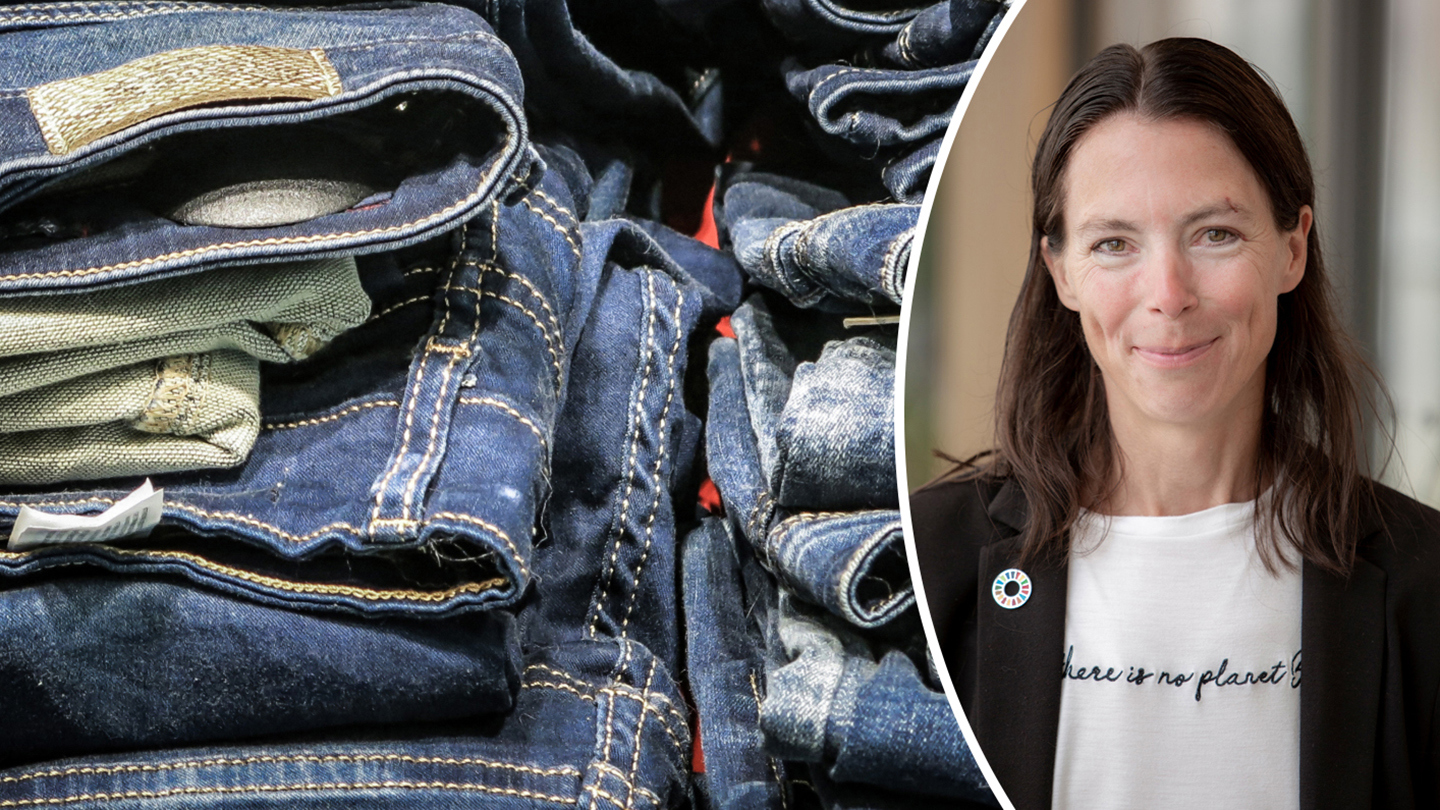Environmental benefits in focus for the investigation of producer responsibility in the textile industry
2020-12-17

“Imposing producer responsibility means, in brief, moving responsibility for textile waste over from municipalities to textile producers,” she explained.
“The investigation suggests that Sweden should act in a forward-thinking way and introduce separate sorting for textiles in order to significantly reduce textiles in residual waste. The proposal combines extensive collection requirements with sharpened requirements for what is to happen with collected materials: primarily reuse and, secondly, recycling. The proposals were drawn up in dialogue with business actors and the non-profit sector,” she said.
The purpose of the investigation has been to propose producer responsibility for textiles, which ensures a separate collection of textiles for reuse and textile waste for recycling, respectively. According to the committee’s directive, the introduction of producer responsibility for textile has two objectives:
- To achieve environmental benefits through the increased collection of textiles for, primarily, reuse and, secondly, recycling.
- That responsibility for waste management and the recycling of textiles should be placed on producers based on the “polluter pays principle.” In drafting the proposal, the investigation took into account the minimum requirements for the formation of producer responsibilities resulting from the waste directive and the requirements of the directive for all member states to collect textiles separately by 2025.
Biggest benefit is extended life of textiles
The greatest environmental benefit is achieved by extended the active life of textiles, which provides higher environmental benefits than fibre recycling. At the same time, fibre recycling is an important part of the transition to a circular economy and, in the long term, the inflow of virgin fibres must be greatly reduced.
The investigation proposes challenging targets both for the collection of textiles and for how to use the collected textiles. In the first instance, textiles should be prepared primarily for reuse and secondarily for recycling, such as remaking and fibre recycling. The investigation also proposes a number of complementary measures in addition to the introduction of producer responsibility.
Solveig Klug, Translator: Eva Medin
Mostphotos / Science Park Borås

